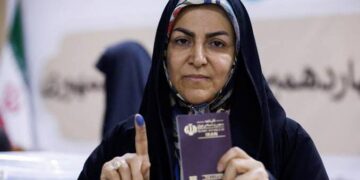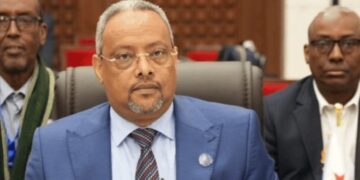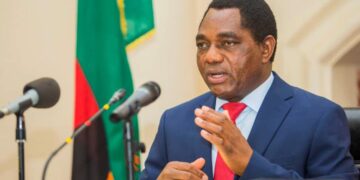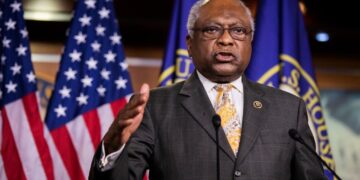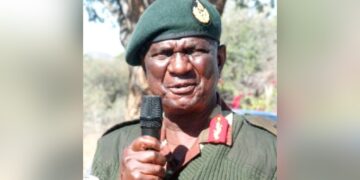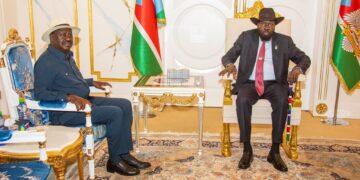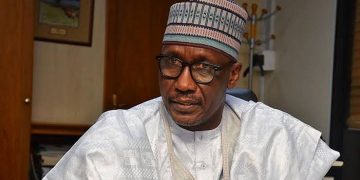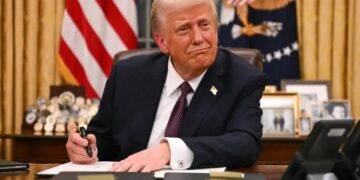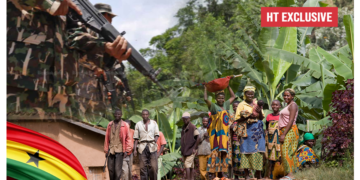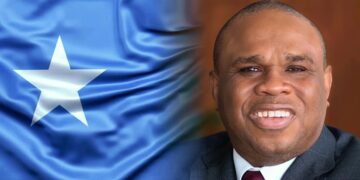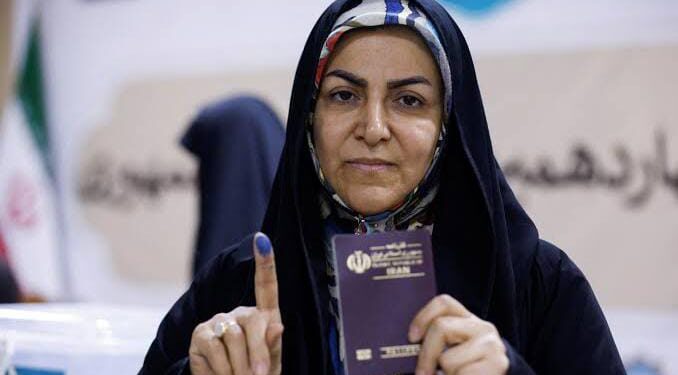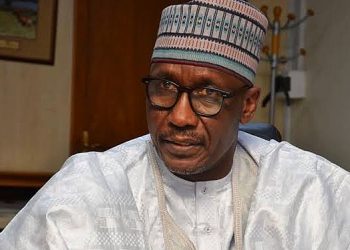By Lucy Adautin
Iranians commenced voting on Friday to elect a new president following the untimely death of Ebrahim Raisi in a helicopter crash. The election features a select group of four candidates closely aligned with the supreme leader, amid growing public frustration in Iran.
State television aired footage of polling stations bustling with voters across various cities. Over 61 million Iranians are eligible to participate, with polls scheduled to close at 6 p.m. (1430 GMT), often extending until midnight.
The election takes place amidst heightened regional tensions, including conflicts involving Iran’s allies such as Hamas in Gaza and Hezbollah in Lebanon, alongside increased international pressure over Iran’s advancing nuclear activities.
While the outcome of the election is unlikely to drastically alter Iran’s policies, it could influence the succession plans for Ayatollah Ali Khamenei, the 85-year-old supreme leader who has been in power since 1989.
Khamenei urged for a strong voter turnout to address a legitimacy crisis exacerbated by economic challenges and restrictions on political and social freedoms. “The strength, dignity, and reputation of the Islamic Republic rely on the participation of the people,” he stated on state television after casting his vote. “A high turnout is absolutely necessary.”
Iran has seen declining voter turnout in recent years, particularly among its youthful population dissatisfied with political and social restrictions. Due to manual ballot counting, final election results are expected within two days, with preliminary figures anticipated by midday Saturday.
In case no candidate secures over 50% of the total votes, including blank ballots, a runoff between the top two contenders will be held on the first Friday after the initial results are announced.
Among the candidates, three are hardliners, while one represents a comparatively moderate stance, supported by the reformist faction marginalized in Iranian politics of late.
Critics of Iran’s clerical rule argue that the diminishing turnout in recent elections reflects a waning legitimacy of the system. Participation was 48% in the 2021 election that brought Raisi to power, dropping to a record low of 41% in a parliamentary election three months ago.
The incoming president is not expected to shift major policies on Iran’s nuclear program or support for regional militias, as Khamenei retains authority over key state matters. Nonetheless, the president plays a crucial role in daily governance and can influence Iran’s domestic and foreign policy tone.
